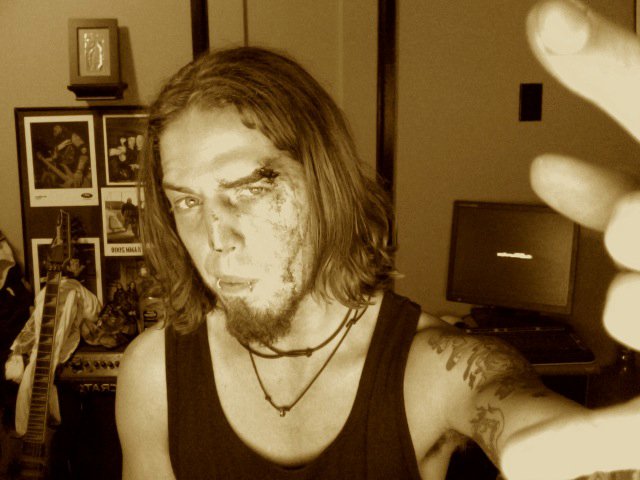Sew La Ti Embroidery [Search results for Community]
Heritage: Chile's quest to save melting mummies

Heritage: A new Zimbabwe site on the World Heritage List?

Lost tribe of 200 found in Amazon spotted by satellite

Syria: Turkey not returning smuggled artefacts to Syria

Heritage: Reconstruction of Timbuktu mausoleums nears completion

Back from the dead: Astonishing pictures show how Japan is recovering just three months after tsunami

Heritage: Unearthing Vadnagar

Signed, Sealed, Delivered
Notorious B.I.G and Friends...

The Bulldogs (based on an underground comic-book)

America's deadliest tornado for 64 years: Terrifying twister cuts six-mile swathe through a Missouri town, leaving up to 116 dead
Near East: Syrian forces repel ISIS advance on Palmyra

Taryn Chute was crowned Miss Montana 2011 on June 18

Over a city high overcast is expected
The New York City Heavy Music Coallition

The things all women wish to be...
The Cream Tunic and 7 Little Facts
Metal, Arise! Tour featuring Allegaeon, The Devastated, and The Browning

Michaela Grace Lackey Crowned Miss Georgia 2011

Near East: Ephesus added to UNESCO World Heritage list




